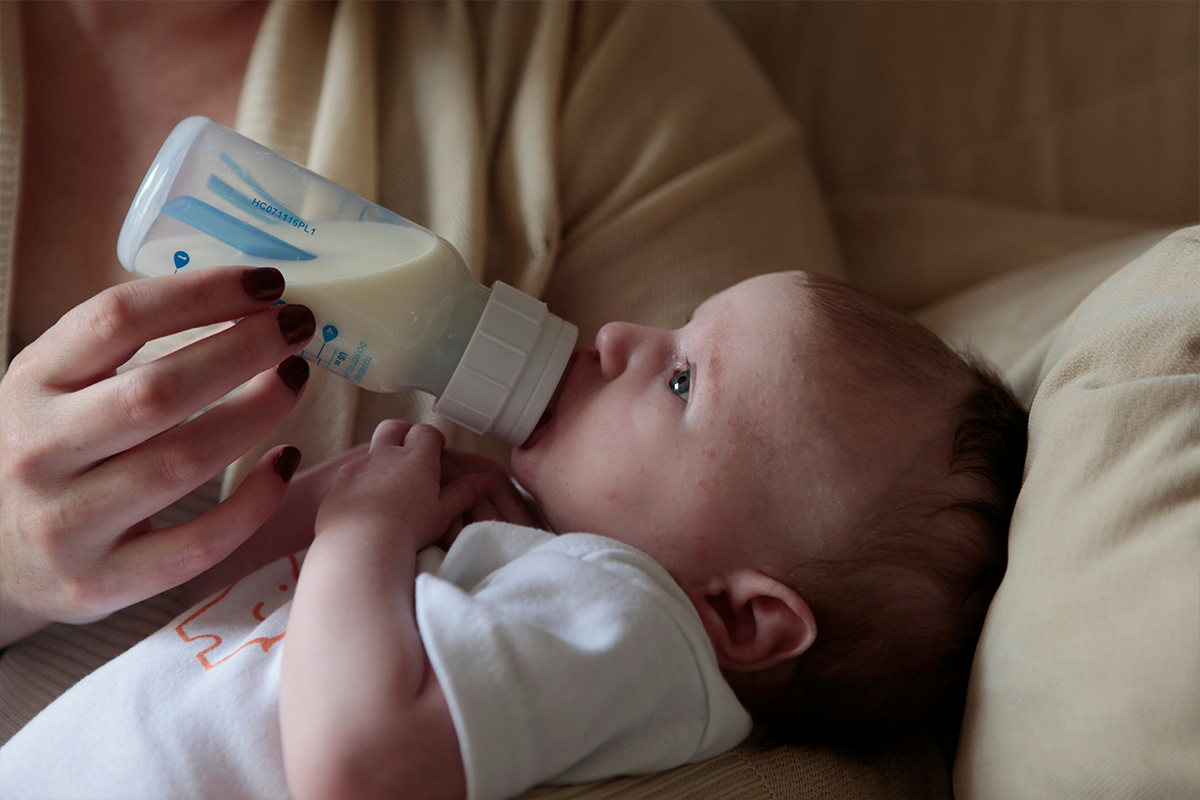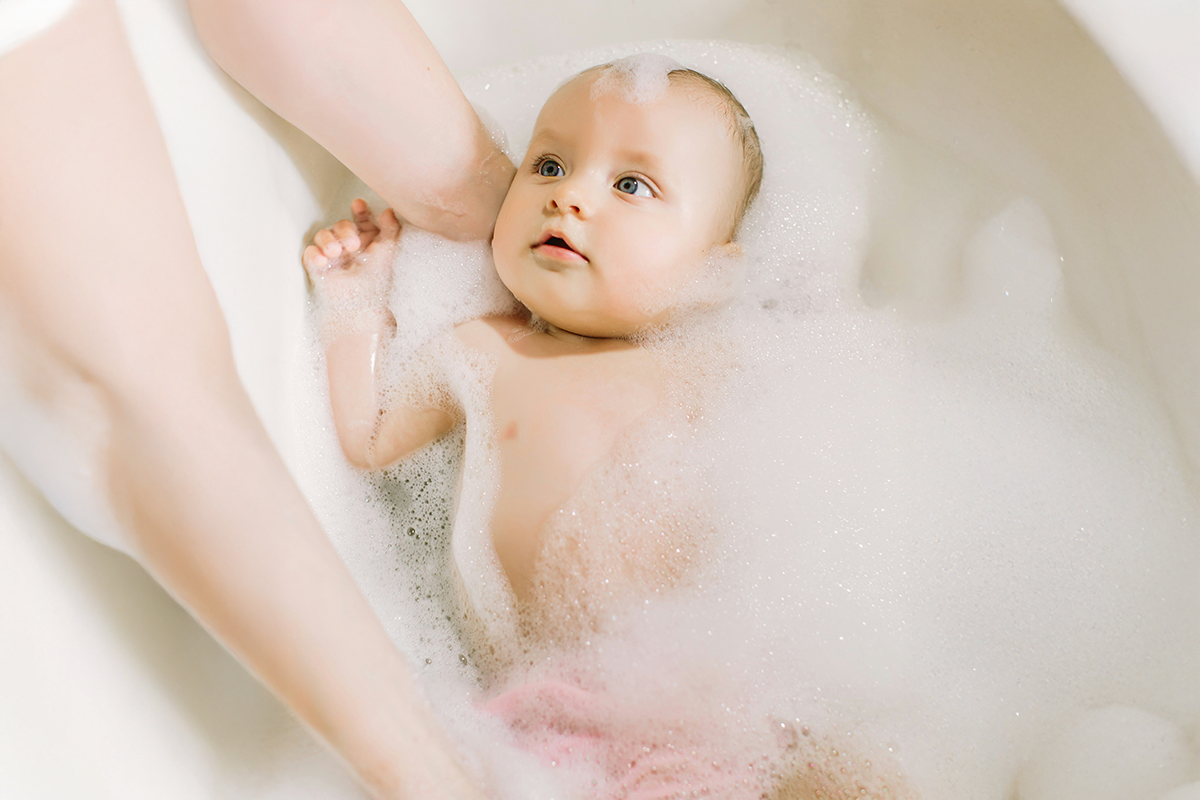As a breastfeeding individual, you understand the importance of providing safe and nutritious milk for your baby. Proper handling and storage of breast milk are crucial to maintain its quality and prevent potential health risks. When it comes to reheating previously stored breast milk, following evidence-based guidelines is essential. This article explores the safety considerations and recommended methods for reheating breast milk, backed by medical expertise. By understanding the proper techniques, you can ensure your baby receives the optimal benefits of your milk while minimizing any potential hazards. Let's examine the key factors to consider when reheating breast milk for your little one's nourishment.
Is it safe to reheat breast milk?
Reheating breast milk is generally safe when done properly. However, it's crucial to follow specific guidelines to maintain its nutritional value and prevent bacterial growth.
The safest way to reheat breast milk is by placing the bottle or storage bag in a bowl of warm water or using a bottle warmer.
When reheating, ensure the milk reaches body temperature (about 98.6°F). Test it by placing a few drops on your wrist - it should feel warm, not hot.
💡 Remember, you can reheat breast milk only once, and any leftover milk should be discarded after feeding.
If you have extra milk that won’t be used for feeding, considering a breast milk bath is another option, which many parents find beneficial for baby’s skin.
Best methods for reheating breast milk
Bottle warmer method
For a convenient and consistent approach to reheating breast milk, consider using a bottle warmer. These devices provide gentle, even heating that helps preserve the milk's nutrients. It's crucial to avoid overheating (1) above 104°F, as this can destroy valuable components in the milk.
💡 Always test the temperature before feeding to ensure it's comfortably warm, not hot.
Warm water method
The warm water method is a reliable way to reheat breast milk safely. Place the sealed container of milk in a bowl of warm water or hold it under warm running water for a few minutes. Gently swirl the milk to redistribute any separated fat. This method helps maintain the milk's nutritional integrity while bringing it to a comfortable feeding temperature.
How to store and handle breast milk before reheating?
Safe storage guidelines
Following proper breast milk storage guidelines is essential to preserve nutrients and prevent contamination. Freshly expressed milk can be kept at room temperature (up to 77°F) for 4 hours, refrigerated for 4 days, or frozen for up to 6 months.
💡 Always label containers with the expression date and use the oldest milk first.
Handling precautions
When handling breast milk, wash your hands thoroughly and use clean containers. Store milk in 2-4 oz portions to minimize waste. Avoid mixing fresh milk with previously stored milk at different temperatures. For travel, use insulated coolers with ice packs to maintain proper temperature for up to 12 hours.
Thawing frozen milk
To thaw frozen breast milk, place it in the refrigerator overnight or hold the container under cool running water, gradually increasing the temperature.
Common mistakes to avoid when reheating breast milk
Improper thawing methods
Avoid using a microwave to thaw or reheat breast milk, as it can create dangerous hot spots and decrease nutritional content. Once thawed, use within 24 hours and discard any leftovers after 2 hours.
Overheating and contamination risks
Never reheat breast milk multiple times, as this can promote bacterial growth. Discard any leftover milk after feeding. Avoid overheating the milk, as excessive heat can destroy beneficial components and even alter the color of breast milk. Always wash your hands and use clean containers when handling breast milk to prevent contamination.
Why should you avoid microwaving breast milk?
Microwaving breast milk is strongly discouraged due to the risks it poses. The uneven heating can create dangerous hot spots that may scald your baby's mouth and throat. Additionally, microwaving can destroy valuable nutrients and antibodies in the milk, reducing its nutritional benefits for your little one.
Can you reheat breast milk more than once?
Reheating breast milk multiple times is not recommended. Once breast milk has been brought to room temperature or warmed, it should be used within 2 hours. After this time, leftover milk should be discarded to prevent bacterial growth.
💡 Reheating breast milk more than once can degrade its nutritional quality and increase contamination risks.
What happens if you overheat breast milk?
Overheating breast milk can have detrimental effects on its nutritional value and safety for your baby. When exposed to high temperatures, breast milk can lose essential nutrients and immune-boosting properties. The breakdown of proteins, vitamins, and enzymes occurs, diminishing the milk's overall quality.
Heating breast milk above 104°F can promote bacterial growth, making it unsafe for consumption. Overheating may also create hot spots that could burn your baby's mouth and esophagus.
How can you tell if breast milk has gone bad after reheating?
After reheating breast milk, carefully inspect it for any signs of spoilage. Properly stored breast milk should not have a strong, foul odor. A slightly soapy smell due to lipase activity is normal and safe. However, if the milk smells rancid or has visible separation or curdling, it's best to discard it.
If you're unsure about the milk's quality after reheating, it's safest to err on the side of caution and discard it. Remember that breast milk doesn't need to be warmed and can be served at room temperature or cold to reduce spoilage concerns.
When it comes to reheating and refreezing breast milk, it's essential to prioritize safety and quality. While reheating breast milk is generally safe when done properly, refreezing thawed milk is not recommended due to the risk of bacterial growth and nutrient loss. By following best practices such as checking for spoilage, using the oldest milk first, and properly labeling and storing breast milk, you can ensure your baby receives the maximum benefits of this precious nourishment.
Sources:





